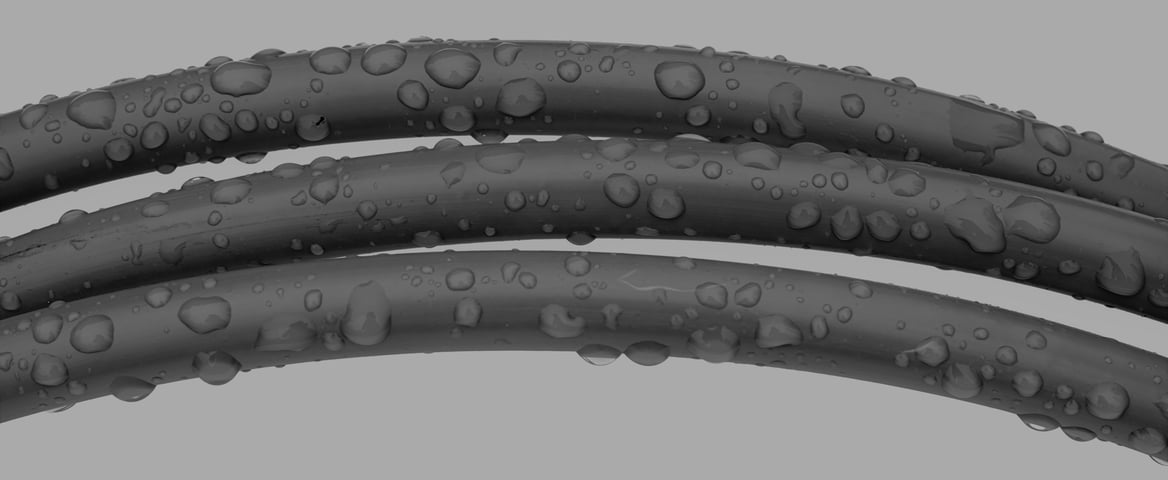
Polymers are widely utilized in medical devices due to their low cost, biological and chemical stability, and processability. The polymer material is typically chosen based on its mechanical properties rather than surface chemistry. Surface chemistry, however, plays a significant part in terms of interactions with the human tissue.
One of the properties closely associated with material-tissue interactions is the wettability of the material. The surface hydrophobicity is linked to poor protein resistance which in turn initiates a thrombosis cascade and bacterial infection [1]. Reduced protein fouling of a surface is likely to reduce both bacterial and mammalian cell adhesion [2]. Hydrophilicity will also help the water to wet the surface better which is especially important in applications like catheters as the water layer present can act as a lubricant. Unfortunately, many of the most used polymers are hydrophobic and thus prone to nonspecific protein adsorption.
One commonly used method to modify the surface of the polymer is hydrophilic coatings. The most utilized techniques are physical adsorption, hydrogel network formation, surface grafting, and layer-by-layer deposition (LbL). Poly(ethylene glycol) (PEG) and poly(ethylene oxide) (PEO) are examples of commonly used coating materials. Physisorption is the simplest coating strategy but is not stable enough in long-term applications. Techniques relying on covalent bonding offer more long-term stability.
The hydrophilicity of the material can be determined by water contact angle measurements. Typically, a small, around a few microliters drop, is placed on the sample surface, and the contact angle is optically determined. The measurement is very simple to conduct and takes only a few minutes starting from sample placement to the results.
If you would like to read more about contact angle measurements on biomedical applications, please download the white paper through the link below.
[1] B.K.D. Ngo, and M.A. Grunlan, “Protein resistant polymeric biomaterials” ACS Macro Letters 6 (2017) 992.
[2] C. Magin, S. Cooper, and A. Brennan, “Non-toxic antifouling strategies”, Materials Today 13 (2010) 36.
Learn about how QSense analysis can be used to assess adsorption of biologics and excipients to materials used in IV-bags
One common approach in biomedical devices is to prevent biofouling as the attachment of microorganisms may result in the infection of the patient.
Learn about the past and future development of biomaterials in regenerative medicine.
Learn about the distinction between the two concepts biomaterials and tissue engineering and how they relate to each other.
Learn more about how biocompatibility is defined and what this property entails
What makes an implant integrate successfully? The answer lies at the surface interaction processes, and what happens there, short term and long term.
The concept ‘Biomaterial’ is fairly frequently encountered. Read about what defines a biomaterial and where this category of material is used.
